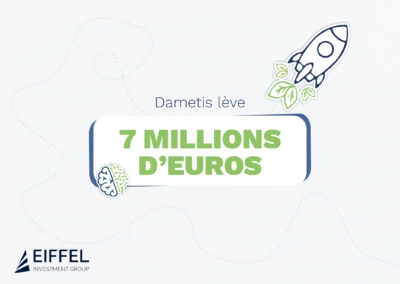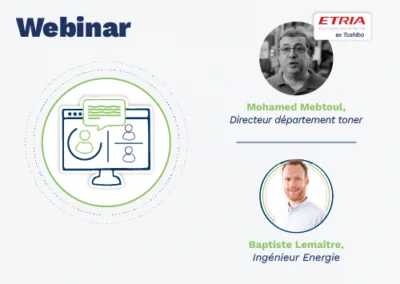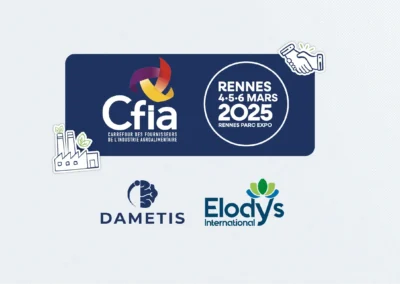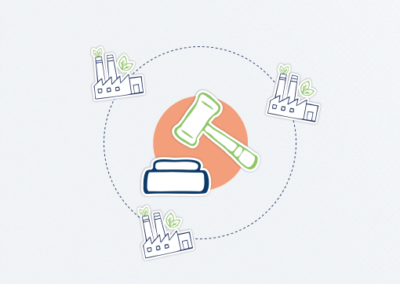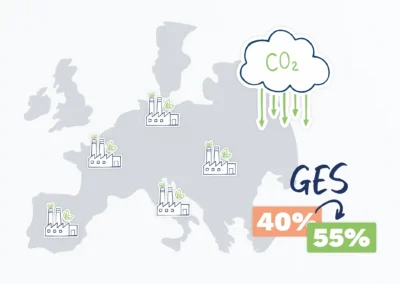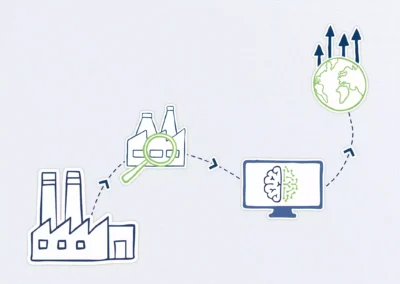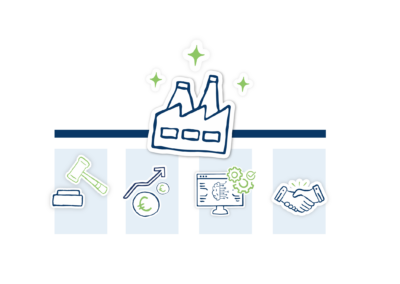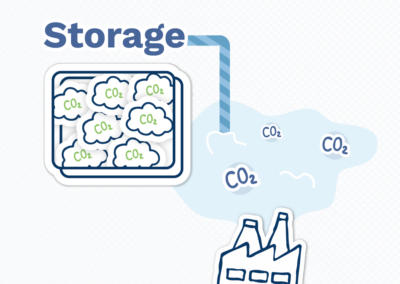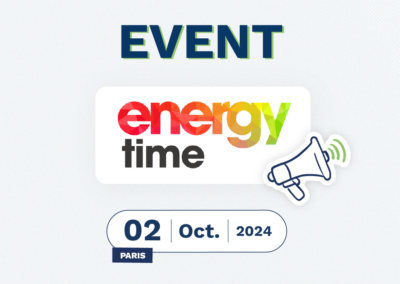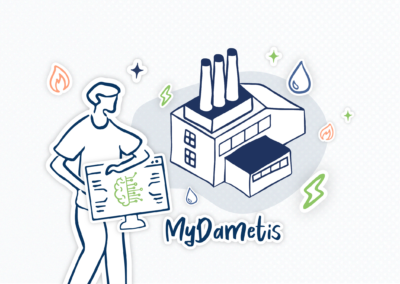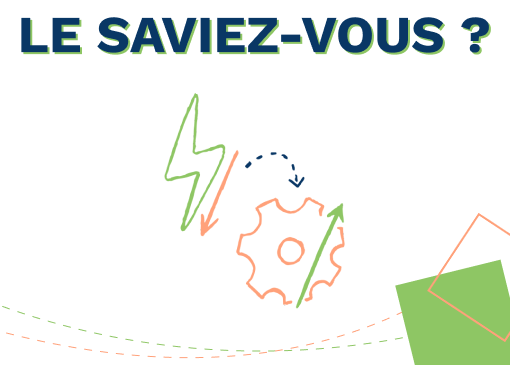
Energy Efficiency: Definition and How to Achieve It?
Enterprises have been aware of energy efficiency since the 2000s, following a 2006 European directive defining the obligation to optimize “the ratio between results and the energy used for that purpose.”
Energy Efficiency: Definition
Energy efficiency is the optimization of energy to make the most of it. This applies both to techniques that allow you to produce more with fewer resources and to methods to maintain production while reducing consumption.
Energy efficiency considers all aspects of a company’s life, including:
-
- The quantity of raw materials consumed
- The energy cost of material supply and deliveries
- Employee transportation
- Energy used for transformation
- Digital footprint
- Material losses
- etc.
There are multiple levers, and specialized professionals can assist in finding improvement opportunities and recommending actions to implement. Dametis assists you in monitoring all your consumption, even in unsuspected sectors. Together, we optimize the energy efficiency of all aspects of your business.
History of Energy Efficiency
Energy efficiency was debated by the European Council as early as 2000 and mentioned in a 2004 directive on cogeneration. Cogeneration involves producing thermal and mechanical energy using a single installation. This effectively harnesses the heat produced during electricity generation rather than letting it dissipate into the atmosphere. This already aligns with energy efficiency principles by producing more usable resources (two types of energy) from the same operation.
This directive has since been reinforced by European directives in 2006 and 2012.
The European directive of 2006 is the first to focus on energy efficiency. It defines energy efficiency for the first time as “the ratio between results, service, merchandise, or energy obtained and the energy used for that purpose.” Other directives followed in 2009 and 2010, and finally in 2012. In the directive of October 25, 2012, the European Parliament and the Council of the European Union set a goal of increasing energy efficiency by 20% by 2020 compared to 2007 forecasts.
France and Energy Efficiency
With all the objectives set in favor of energy efficiency, whether at the national, European, or business level, final energy consumption per unit of GDP has decreased by 30% since 2010.
Among the measures implemented to encourage and improve energy efficiency in France, we note in particular:
- Carbon tax
- Ecological bonus
- The Law on Energy Transition for Green Growth of 2015, which notably requires new buildings to have better energy efficiency.
Furthermore, the Green Growth Law sets targets for reducing energy consumption by 50% by 2050, with a milestone of 20% by 2030. Discover how to measure and improve the energy efficiency of your business to achieve the objectives set by your company and by the state.
How to Evaluate Energy Efficiency?
Dametis assists you in evaluating your energy efficiency. With our software, we verify your overall consumption, including all aspects related to your activity. We assess energy consumption even in places you wouldn’t suspect, including:
- Heating of storage spaces
- Methods of transporting goods and employees
- The energy cost of new machinery
- Electricity consumption
- Deliveries of your products
- etc.
Solutions like Dametis software allow you to have a clear view of your consumption. With this data, it will be easy to determine the areas where you can limit material losses and gain energy efficiency.
Imagine specialists working 24/7 to optimize your industrial sites. That’s what MyDametis offers, the only platform designed 100% by environmental performance experts.
Applicable Examples to Achieve Energy Efficiency
Here are some actions you can take in your company or with Dametis to improve your energy efficiency, either by increasing production or by reducing energy consumption.
→ Energy Efficiency: Increasing Production Without Increasing Energy Consumption
Most operations are scalable, meaning production can increase according to demand. It is common for increasing production not to proportionally increase energy consumption. Thus, while the energy consumption of production mechanisms may increase proportionally, other aspects of your consumption will remain constant, including:
-
- Your transportation and storage methods
- Employee transportation
It is also possible to increase production by reusing materials from products with manufacturing errors, rather than discarding them.
As long as you don’t create new sources of waste by increasing your production, increasing production generally requires less and less energy. There are also ways to optimize your energy efficiency by reducing consumption across various production areas.
→ Energy Efficiency: Maintaining Production While Reducing Energy Consumption
It is not possible for all companies to increase production profitably, and it is important in all cases to optimize energy consumption in production by reducing it where possible.
Among the ways to reduce energy consumption to increase energy efficiency are:
- Bringing your storage locations closer together to reduce travel time
- Upgrading your machinery and installations to improve their energy efficiency and avoid energy losses
- Using more environmentally friendly modes of transportation for your company
- Improving your processes to avoid material losses
- Using green energy sources
To improve your energy efficiency and reduce your carbon footprint, contact us, and we will work together to measure your consumption and advise you on optimization.









